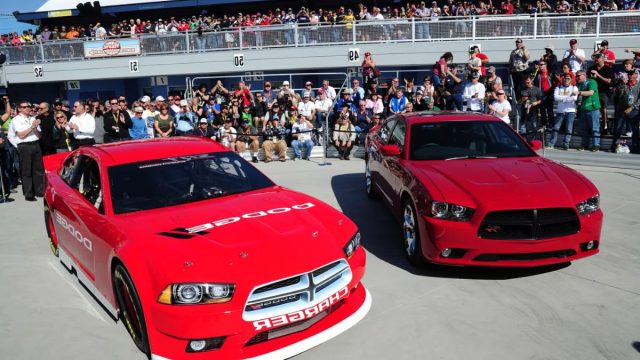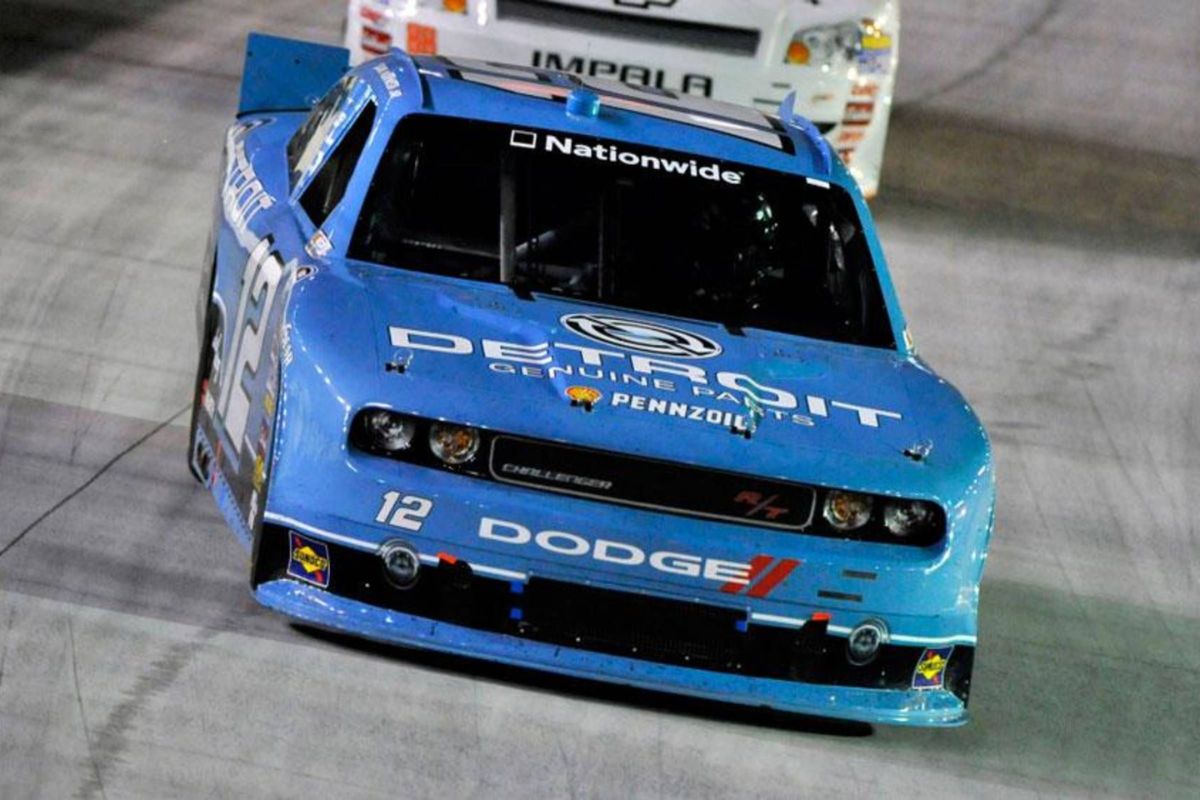Why Did Dodge Leave NASCAR: As the NASCAR landscape continues to evolve, one question that lingers in the minds of many enthusiasts is the departure of Dodge from the sport. Once a formidable presence on the racetrack, Dodge’s exit raised eyebrows and prompted speculation.
The reasons behind this move are multifaceted, involving a combination of strategic decisions, competitive challenges, and shifting priorities within the automotive industry. Understanding the intricacies of Dodge’s exit from NASCAR not only sheds light on the brand’s historical journey but also raises intriguing questions about its potential future in the world of motorsports.
Dodge’s Historical NASCAR Journey
Dodge’s historic involvement in NASCAR traces back to its pioneering roots in the sport, establishing itself as a dominant manufacturer with a legacy of significant success. The American brand made its mark early on in NASCAR, showcasing its engineering prowess and competitive spirit. Dodge’s initial foray into NASCAR saw them achieve notable victories and cement their place as a formidable contender on the racetrack.
Throughout the years, Dodge continued to innovate and push the boundaries of performance in NASCAR. The brand’s partnership with Team Penske in 1999 marked a significant milestone, leading to a resurgence in their competitive edge. Together, they clinched victories and championships, further solidifying Dodge’s position in the NASCAR landscape.
Dodge’s commitment to excellence and relentless pursuit of success endeared them to fans and drivers alike. Their presence in NASCAR not only elevated the sport but also set a standard for performance and competitiveness. Dodge’s historical NASCAR journey is a testament to their enduring legacy in motorsports.
Dodge’s Challenges and Departure from NASCAR
Amid economic challenges and significant corporate restructuring within Chrysler, Dodge encountered a pivotal moment in 2012 that ultimately led to its departure from NASCAR. The departure was a culmination of various factors that strained Dodge’s position in the sport:
- Loss of Team Penske: Team Penske, Dodge’s flagship team, switched to Ford after Brad Keselowski‘s Cup championship in the No. 2 Dodge. This departure significantly impacted Dodge’s competitive edge in NASCAR.
- Struggle to Find a Suitable Partner: Following the loss of Team Penske, Dodge faced challenges in finding a replacement team that could deliver comparable results on the track.
- Financial Difficulties: Chrysler’s bankruptcy in 2009 had already placed financial strain on Dodge. The brand struggled to sustain the necessary financial investment required to remain competitive in NASCAR.
- Lack of Strong Presence: With the departure of key teams and financial constraints, Dodge’s presence in NASCAR diminished, making it difficult to justify continued participation in the sport.
Dodge’s NASCAR Comeback Uncertainty
The uncertainty surrounding Dodge’s potential return to NASCAR is magnified by the recent retirement of key models and the automotive industry’s shift towards electrification, presenting complex challenges for the brand’s re-entry into the sport. With the discontinuation of the Charger, Challenger, and Chrysler 300 models in 2022, Dodge finds itself at a crossroads where embracing electric vehicles may be necessary for a NASCAR comeback. The removal of these iconic models not only alters Dodge’s product lineup but also raises questions about how the brand will adapt to the changing landscape of the automotive industry.
Furthermore, NASCAR itself has yet to fully embrace electric vehicles, adding another layer of uncertainty to Dodge’s potential return. The sport’s traditional reliance on internal combustion engines poses a challenge for any manufacturer looking to introduce electric powertrains. As Dodge evaluates its re-entry into NASCAR amidst these industry shifts, the brand faces the intricate task of balancing tradition with innovation to remain competitive in a rapidly evolving motorsport environment.
News in Brief
Our Reader’s Queries
Q. Why did Dodge quit NASCAR?
A. Ultimately, instead of half-hearted endeavors for 2013, Dodge opted to call it quits. It wasn’t about politics, corporate drama, or a disapproving European parent; it boiled down to the lack of a fitting dance partner. Undeniably, this dealt a significant blow to the NASCAR scene.
Q. Why was the Dodge Daytona banned from NASCAR?
A. Seemingly, it pushed the speed boundaries a bit too much for NASCAR’s taste, and the proof was in the pudding. The revelation came when Buddy Baker shattered the speed record at Talladega Superspeedway. Baker etched his name as the first driver to break the elusive 200mph barrier, with the Dodge Charger Daytona asserting its dominance in numerous races.
Q. When did NASCAR ban Dodge?
A. In the playbook for 1971, NASCAR decided to give its rulebook a major facelift, essentially drafting measures that rendered the Dodge Charger Daytona, Ford Torino Talladega, Mercury Cyclone Spoiler, and Plymouth Superbird obsolete – or, at the very least, stripped them of their competitive edge.
Q. Did NASCAR ban Dodge?
A. In the motorsport realm of 2012, a seismic shift occurred as Dodge made headlines with its exit from NASCAR. This pivotal decision marked the conclusion of a storied journey adorned with historic victories and noteworthy innovations.
ALSO READ: Shane Van Gisbergen Reveals Secrets for Daytona Debut

